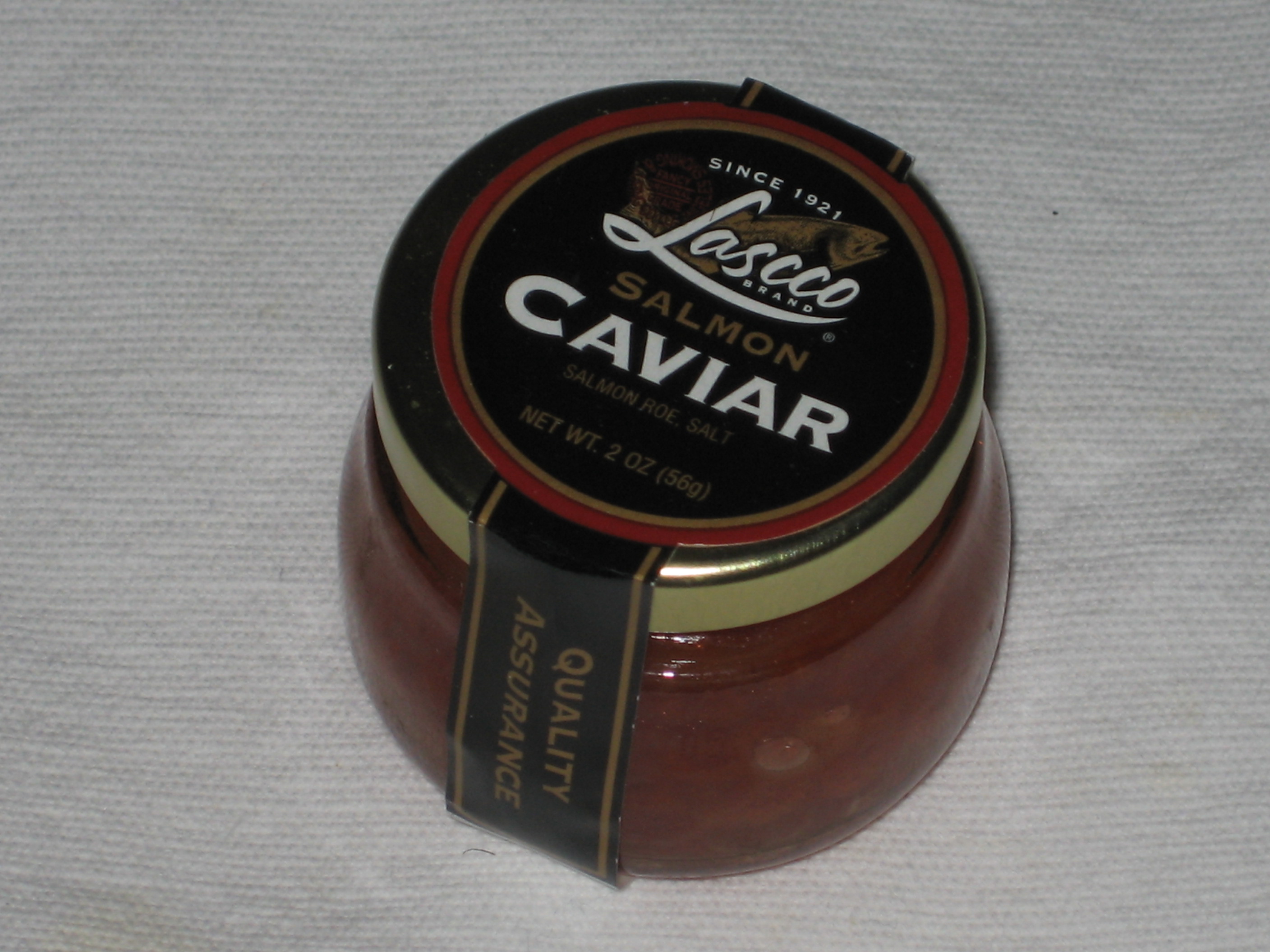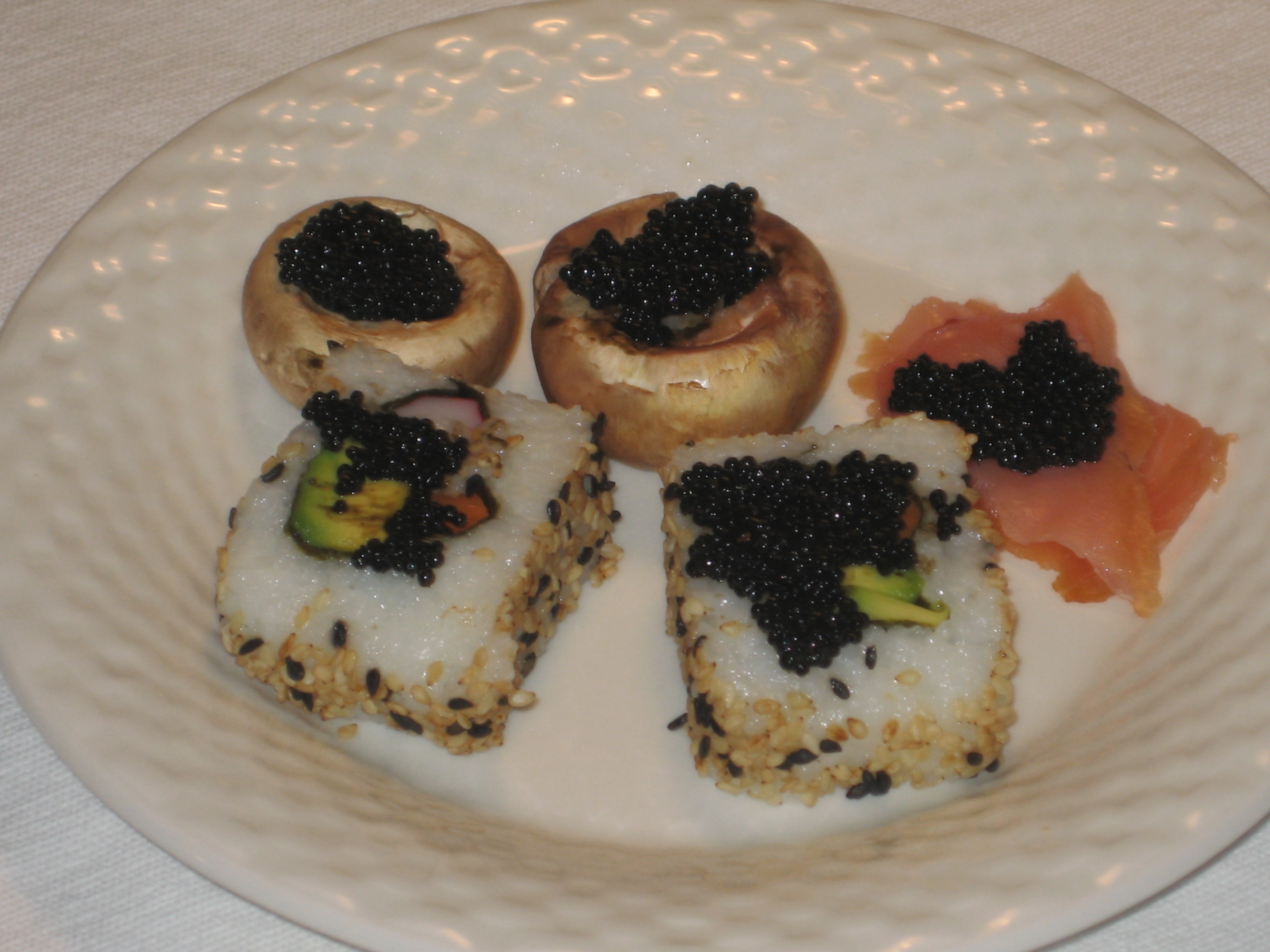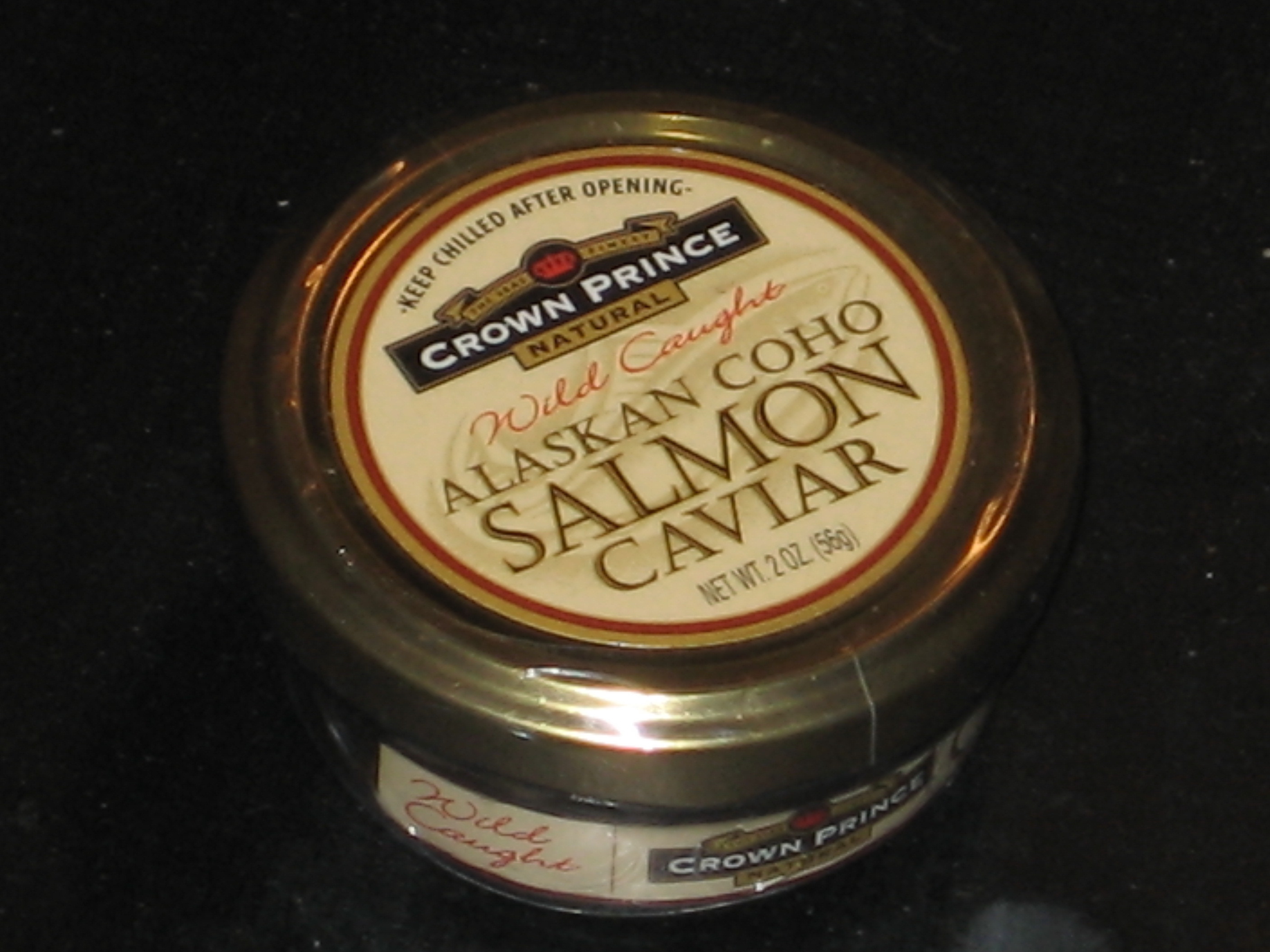It's what?
You'll wish you never asked
You do not need a particularly cultured palate to properly appreciate caviar, but you do need a strong stomach to listen to a definition of what it is. Caviar is easily digestible; its definition is not.
A few years ago, I took a girlfriend to the opera, to see a production of Wagner's The Flying Dutchman. She was outraged, not by the music (one could have understood that) but by the scene in which a suitor courts a lady's favor by offering her several raw fish. "If he'd brought me a pile of smelly fish," my girlfriend snorted, "I would have told him to go drown himself!"
I explained that in The Netherlands, where I had recently been living, it was still the custom for a man to bring a fresh, raw herring home to his wife, and that this was considered a romantic gesture. She was unimpressed, and so ours became strictly a Mozart and flowers relationship. But what if, instead of a whole fish, I had offered her the gooey mass of sperm-laden testes that had been scooped out of said fish? Why, she would have been delighted, especially if it had been in a pretty little jar labeled 'caviar' and had cost me a month's wages.
For that is what caviar is; the salted roe of sturgeon or other large fish. The word is often restricted to just sturgeon roe, and sometimes to four specific types of sturgeon; Beluga, Osetra, Sevruga and Sterlet. More often now, it is used to refer to any roe, although US law requires non-sturgeon roe to carry the name of the fish before the word 'caviar'. Thus you have 'lumpfish caviar', 'salmon caviar', etc, which some purists consider oxymorons.
So what is roe? There are two types : Hard roe consists of the egg-filled ovaries of a female fish or shellfish, Soft (or white) roe consists of the ripe (sperm filled) testes of a male fish.
I told you you'd wish you never asked.
Interestingly, retailers always describe caviar or roe as simply 'fish eggs'.

Salmon Caviar, a tasty oxymoron.

The sperm and eggs of smelly fish,
Now isn't that a dainty dish?
'Words, words, words'
The origin of the word of the word 'caviar' is uncertain, as most word origins are. It came into English as caviary in the mid 16th century. Shakespeare's Hamlet says of a play that it "pleas’d not the million, ’twas caviary to the general", meaning that it was wasted on the masses. So caviar had elitist connotations from the start, at least in the West.
The English word was probably derived from the Italian caviale (earlier caviaro) or French caviar, probably ultimately from medieval Greek khaviari. It is related to the Persian word Khag-avar which means "the roe-generator", and which is used to refer both to the sturgeon and to the roe itself.
The Russian word is ikra, which refers to roe in general, including that of the sturgeon.
The word 'roe' is from the Middle Dutch word roge.
Is caviar kosher?
No, yes, maybe, depending on how you weigh the scales, as it were. Jewish dietary laws forbid the consumption of fish that lack scales. The sturgeon lacks scales. Therefore caviar is not kosher.
But as we have seen, and as the Bard might have said, All that is called caviar does not from sturgeons come. Many suppliers specifically promote kosher caviar or kosher roe, meaning of course, the roe of scaled fish.
However, it can also be argued (and within Jewish communities sometimes is) that sturgeon do have scales. They have scutes, a type of gandoid or hard scale, such as are also found on turtle shells and on the backs of crocodiles.
Why the Good Lord protected sturgeon with armor plating, put them in the forbidden food section, only to endow them with irresistably delicious reproductive organs, I leave to the theologians to decide.

Again with the salmon.
Malossol
The word malossol is Russian for "little salt". Roe is cured with salt, which is of course a preservative and flavor enhancer. For most roe, between 4% and 8% salt is used. As a general rule, the less salt the better. It is a popular misconception that caviar has a salty taste. The better roes will certainly still contain salt, but will not have a distinctively salt taste.
When you see the word malossol on the label, it indicates that the contents have been processed with a minimum amount of salt, usually between 2% and 5%. This is often an indicator of higher quality. It is of course not infallible, but as a first approximation, you can take "malossol" to mean "better".